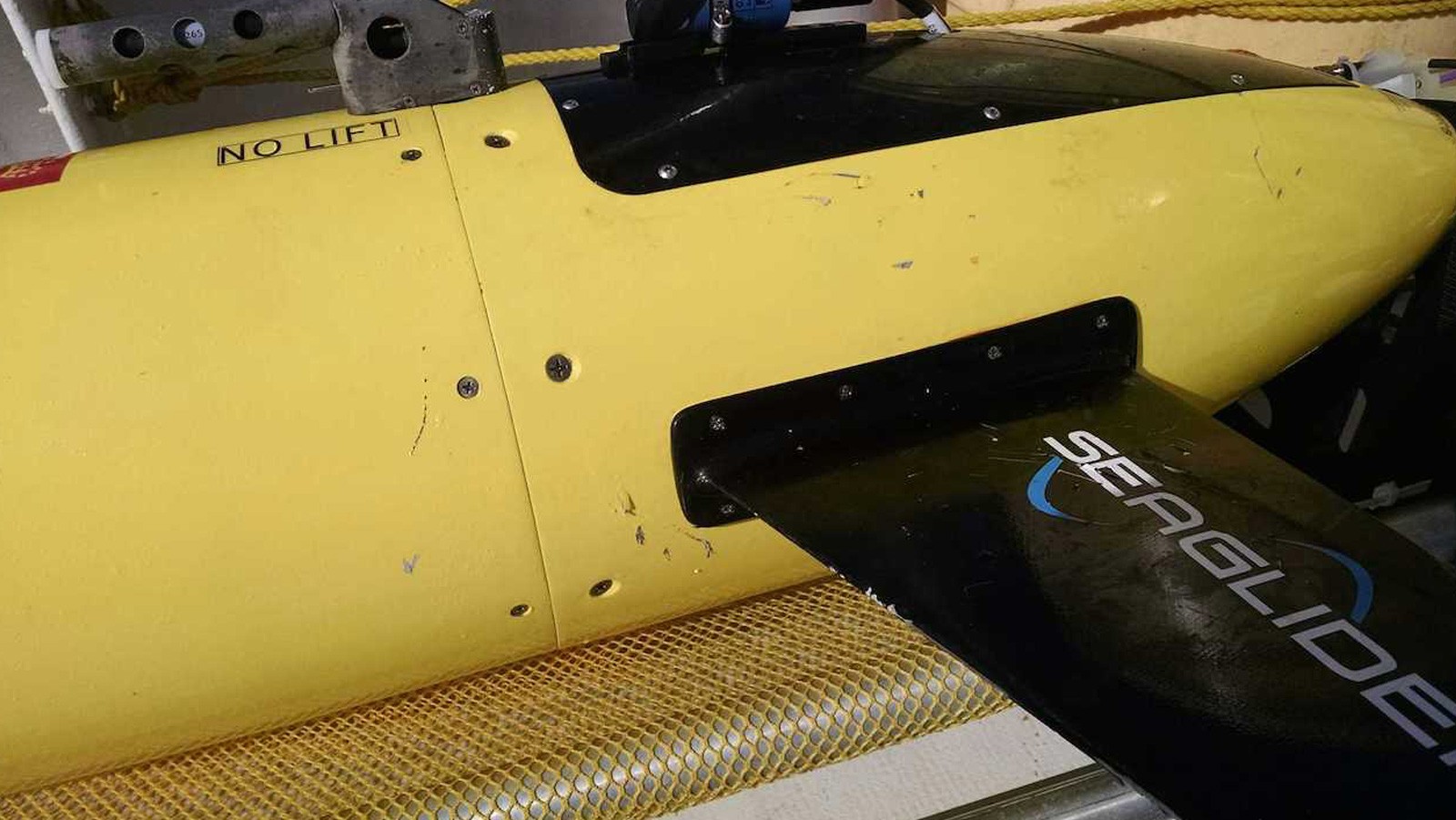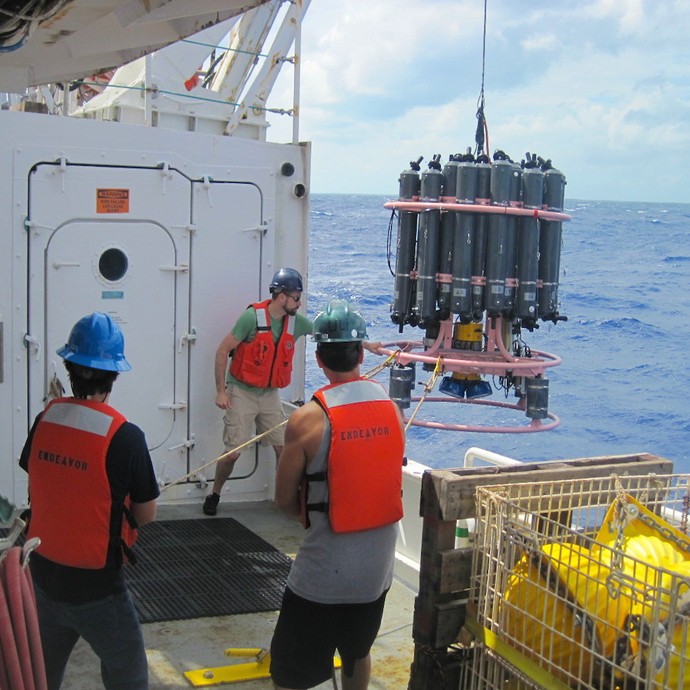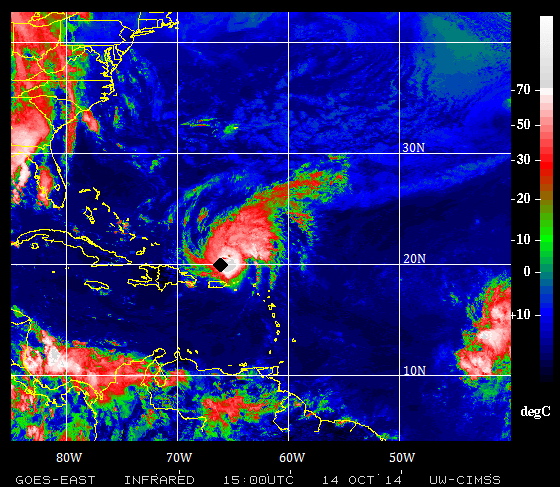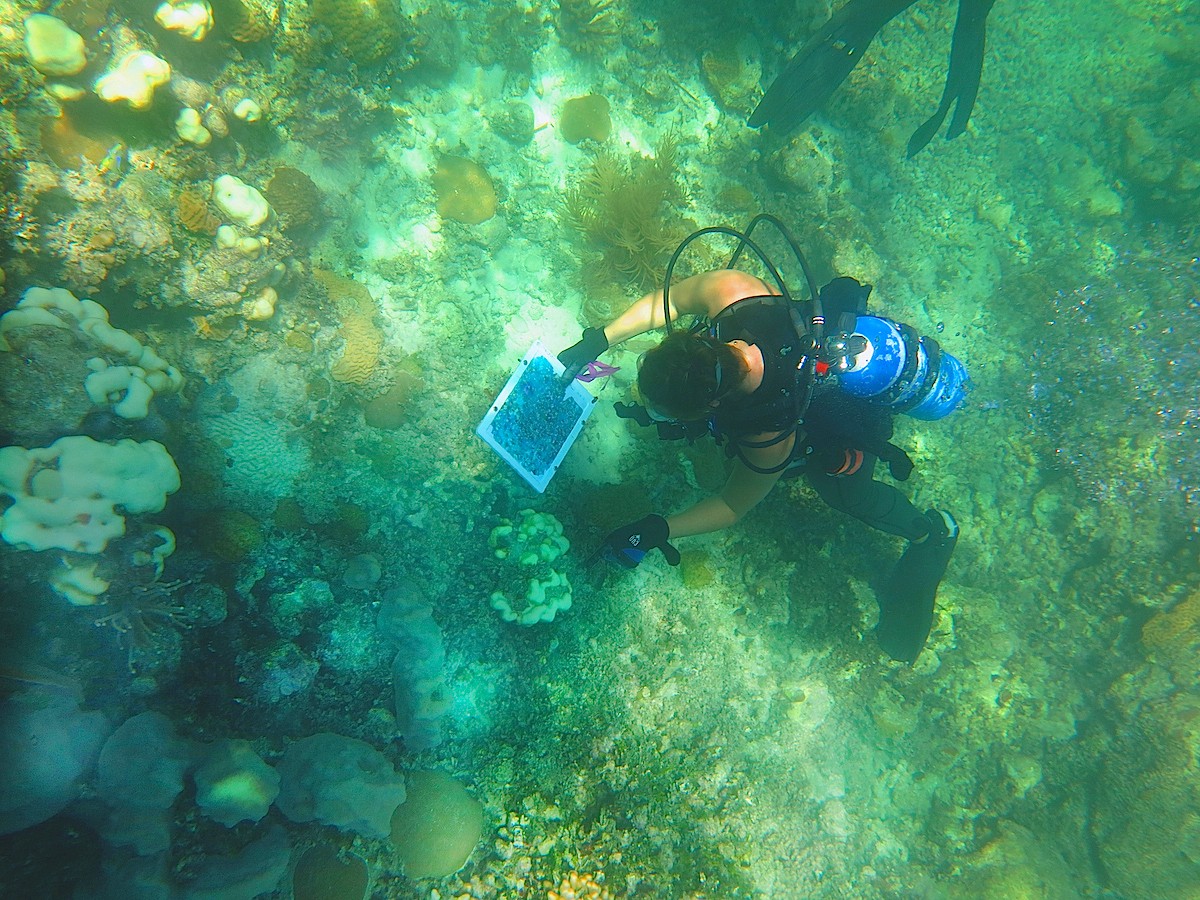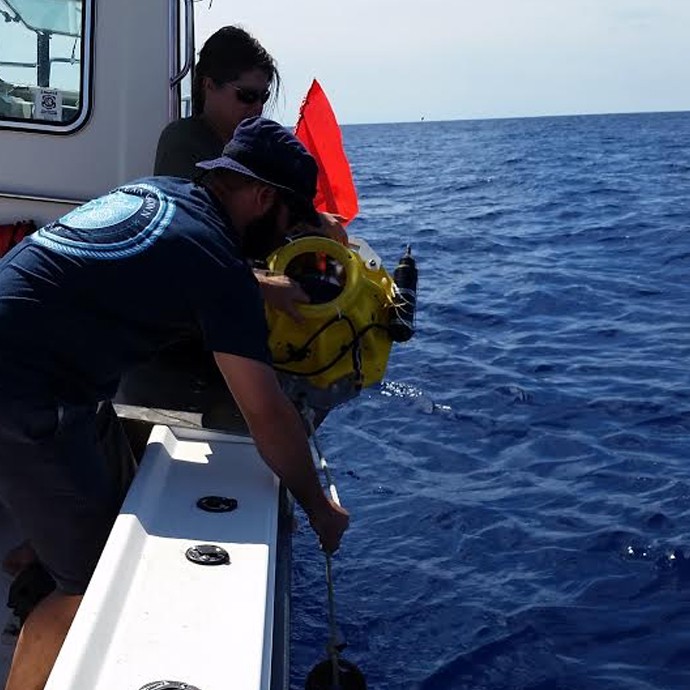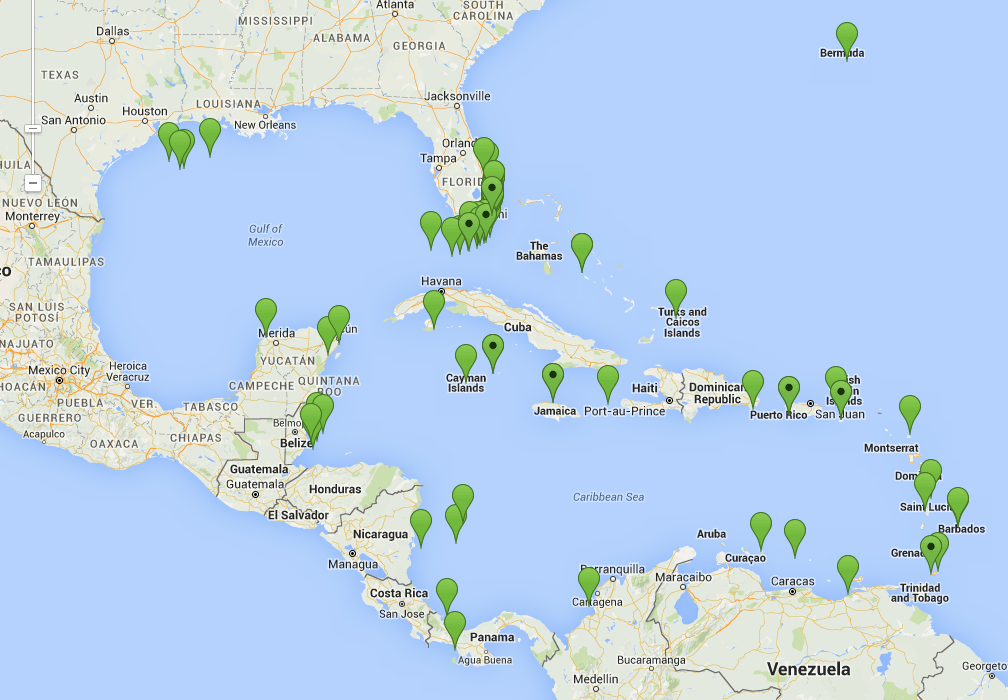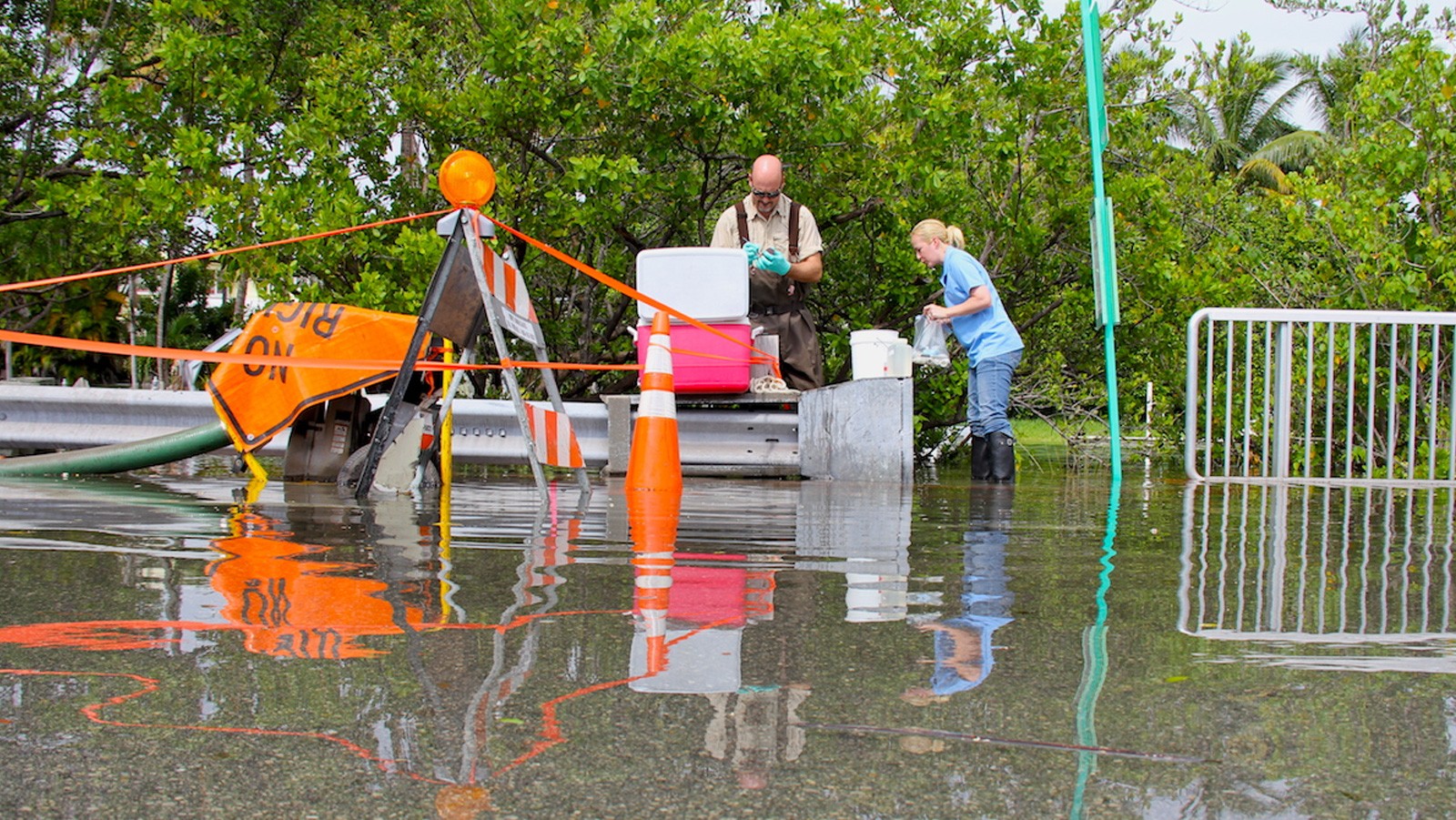Atlas, R., Tallapragada, V., & Gopalakrishnan, S. (2015). Advances in tropical cyclone intensity forecasts. Marine Technology Society Journal, 49(6), 149-160.
Abstract: NOAA established the 10-year Hurricane Forecast Improvement Project (HFIP) to accelerate the improvement of forecasts and warnings of tropical cyclones and to enhance mitigation and preparedness by increased confidence in those forecasts. Specific goals include reducing track and intensity errors by 20% in 5 years and 50% in 10 years and extending the useful range of hurricane forecasts to 7 days. Under HFIP, there have been significant improvements to NOAA’s operational hurricane prediction model resulting in increased accuracy in the numerical guidance for tropical cyclone intensity predictions. This paper documents many of the improvements that have been accomplished over the last 5 years, as well as some future research directions that are being pursued. Keywords: hurricane, Hurricane Forecast Improvement Program (HFIP), Hurricane Weather Research and Forecasting Model (HWRF)
Download PDF Publication
